Members save 10% or more on over 100,000 hotels worldwide when you’re signed in
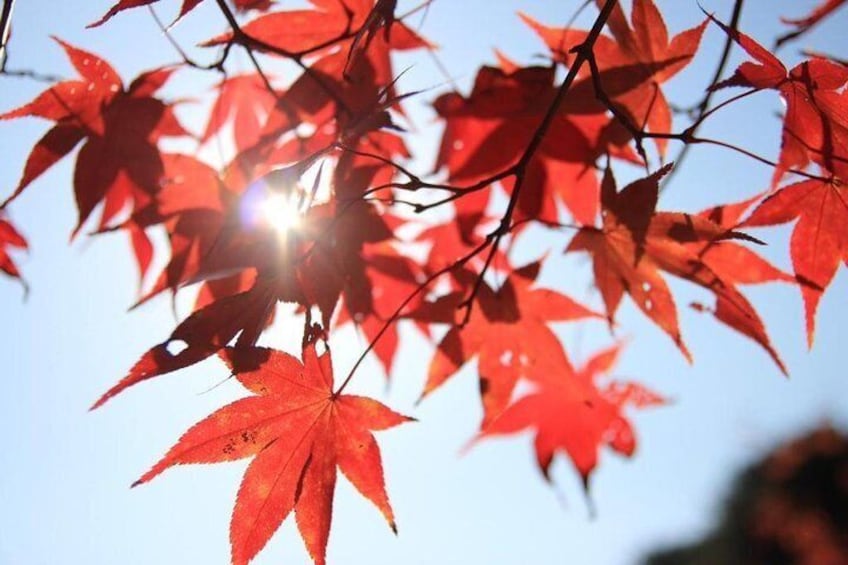
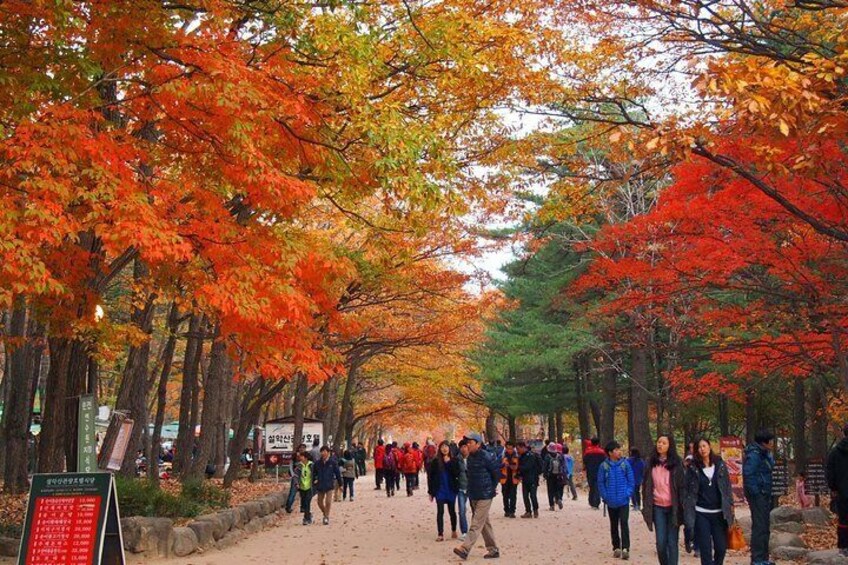
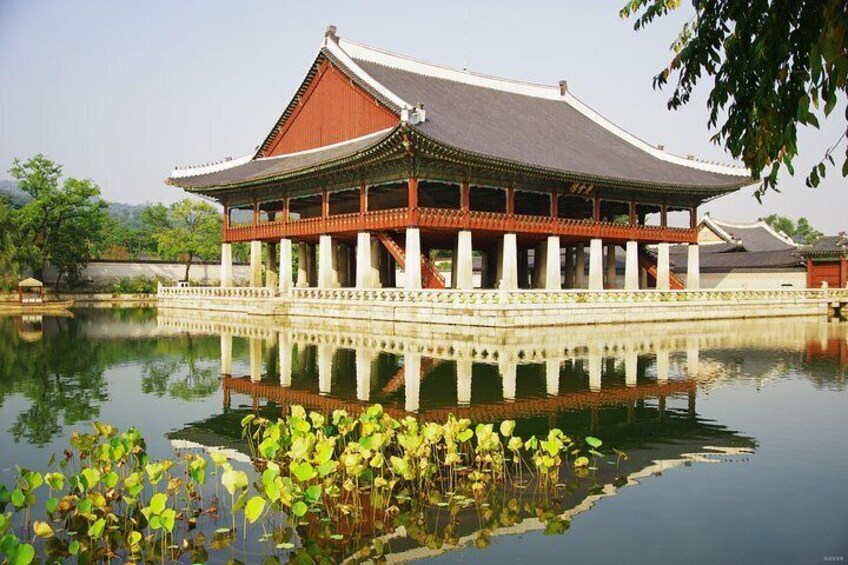
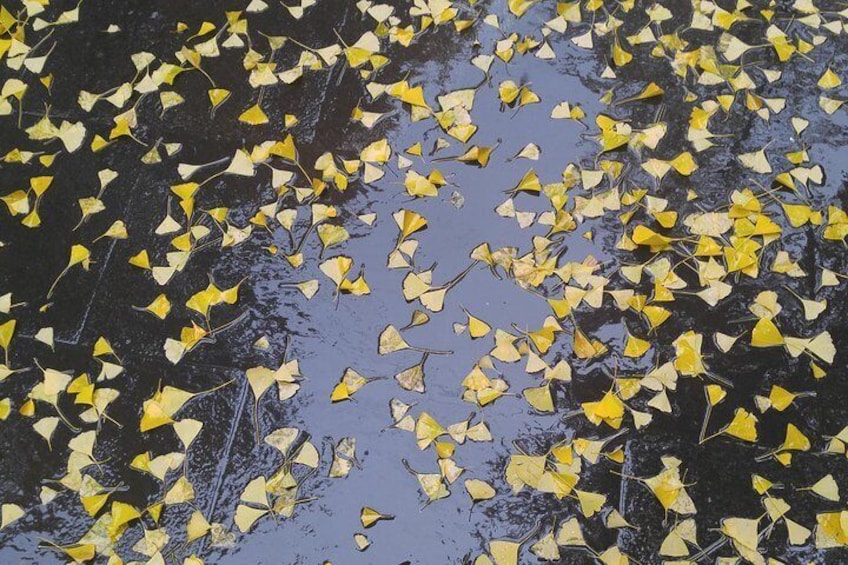
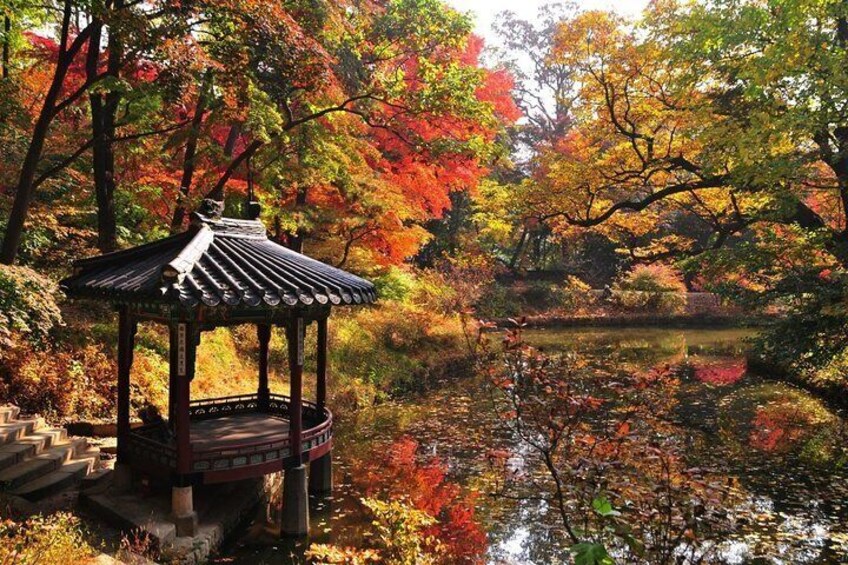
The Beauty of the Korea Autumn foliage Discover 9days 8nights
Features
- Free cancellation available
- 9d
- Mobile voucher
- Instant confirmation
Overview
Accommodation: Best selected 4star hotels located in the heart of city centre.
Tour Guide: Best selected Licensed English speaking guides, who are passionate, well-trained, and knowledgeable to create a truly unforgettable experience.
Tour condition: Premium quality Service, Comfort, Hassle-free Travel, Not too rushed.
Lasting from September through November, the mild days of fall make it the most pleasant time of the year. The temperature varies greatly from day to night. The mountains, when blanketed with vivid golden and red autumnal leaves under the clear blue sky, are breathtaking.
Activity location
- KOREA DMC TOUR CO., LTD.
- #127, Mapodae-ro, Mapo-gu, Suite 409
- 04144, Seoul, South Korea
Meeting/Redemption Point
- LOTTE City Hotel Myeongdong
- 362 Samil-daero
- 04542, Samil-daero, Seoul, South Korea
Multiple meeting/redemption points available, see location information for full list
Check availability
The Beauty of the Korea Autumn foliage Discover 9days 8nights
- 9d
- English
Accommodation: Best selected 4star hotels located in the heart of city centre.
Tour Guide: Best selected Licensed English speaking guides, who are passionate, well-trained, and knowledgeable to create a truly unforgettable experience.
Tour condition: Premium quality Service, Comfort, Hassle-free Travel, Not too rushed.
Lasting from September through November, the mild days of fall make it the most pleasant time of the year. The temperature varies greatly from day to night. The mountains, when blanketed with vivid golden and red autumnal leaves under the clear blue sky, are breathtaking.
What's included, what's not
- Domestic airfare Busan - Jejudo Island - Seoul
- KTX Train from Seoul to Gyeongju
- Lunch and Dinner
Know before you book
- Infants and small children can ride in a pram or stroller
- Public transport options are available nearby
- Suitable for all physical fitness levels
- Tour itinerary can be switched by flight schedule or situation caused
- In accordance with EU regulations about consumer rights, activities services are not subject to the right of withdrawal. Supplier cancellation policy will apply.
Activity itinerary
Day 1: Arrival - Hotel
- 1 stop
- Meals: Not included
- Accommodation: Overnight in Seoul (Incheon)
KOREA DMC TOUR CO., LTD.
- 1h
Day 2: Seoul - Gyeongju by KTX Train
- 6 stops
- Meals: breakfast
- Accommodation: Overnight in Gyeongju, 4star hotel
Culture Station Seoul 284
- 2h
- Admission ticket included
Gyeongju Historic Area
- 1h
- Admission ticket included
Bulguksa Temple
- 1h
- Admission ticket included
Seokguram
- 2h
- Admission ticket included
Daereungwon Tomb Complex
- 1h
- Admission ticket included
Cheomseongdae Observatory
- 30m
- Admission ticket included
Day 3: Gyeongju - Busan ✈- Jejudo Island
- 2 stops
- Meals: breakfast
- Accommodation: Overnight in Jejudo, 4star hotel
Jagalchi Market
- 1h
Yongduam Rock
- 1h
Day 4: Jejudo Island
- 6 stops
- Meals: breakfast
- Accommodation: Overnight in Jejudo Island, 4star hotel
Sangumburi Crater
- 1h
- Admission ticket included
Ilchul Land
- 2h
- Admission ticket included
Seongsan Ilchulbong
- 2h
- Admission ticket included
Haenyeo Museum
- 1h
- Admission ticket included
Jeju Folklore & Natural Museum
- 1h
- Admission ticket included
Mysterious Road (Dokkaebi Road)
- 40m
Day 5: Jejudo Island ✈- Seoul - Gangchon Rail Bike - Mt. Seoraksan
- 2 stops
- Meals: breakfast
- Accommodation: Overnight in Sokcho, 4star hotel
Gangchon Rail Park
- 2h
- Admission ticket included
Daepohang Fish Market
- 1h
Day 6: Sokcho - Seoul
- 5 stops
- Meals: breakfast
- Accommodation: Overnight in Seoul, 4star hotel
Gwongeumseong Fortress
- 2h
- Admission ticket included
Sinheungsa Temple
- 1h
- Admission ticket included
Tongil Park (Unification Park)
- 30m
- Admission ticket included
Trickeye Museum Seoul
- 2h
- Admission ticket included
Namdaemun Market
- 1h
Day 7: Seoul
- 4 stops
- Meals: breakfast
- Accommodation: Overnight in Seoul, 4star hotel
Gyeongbokgung Palace
- 1h
- Admission ticket included
Deoksugung Doldam-gil
- 1h
Bukchon Hanok Village
- 1h
Museum Kimchikan
- 1h
- Admission ticket included
Day 8: Seoul - Demilitarised Zone
- 3 stops
- Meals: breakfast
- Accommodation: Overnight in Seoul, 4star hotel
DMZ
- 5h
- Admission ticket included
Insadong
- 1h
Jeongdong Theater
- 2h
- Admission ticket included
Day 9: Seoul - Departure ✈
- 1 stop
- Meals: breakfast
- Accommodation: Not included
Incheon International Airport
- 1h
Location
Activity location
- KOREA DMC TOUR CO., LTD.
- #127, Mapodae-ro, Mapo-gu, Suite 409
- 04144, Seoul, South Korea
Meeting/Redemption Point
- LOTTE City Hotel Myeongdong
- 362 Samil-daero
- 04542, Samil-daero, Seoul, South Korea
- 인천공항터미널
- 22382, Incheon, Incheon, South Korea